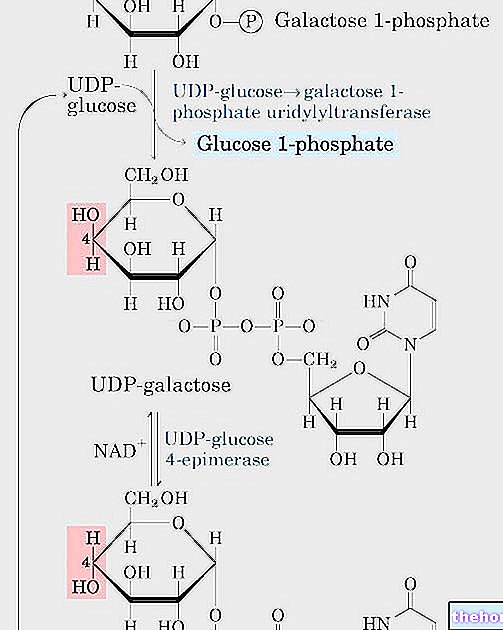Water is a fundamental element for health and well-being, even if we often don't realize how precious this asset is.
Drinking the right amount every day is essential, but choosing the one that best suits everyone. In fact, not all are the same, but they differ in the type and quantity of elements present, which generate different effects.
consists of water and in children the percentage rises to almost 80%. Its action is essential because it regulates digestion, the level of body temperature and the correct lubrication of skin, lungs and eye tissues. It also allows nutrients and the hormones to reach the cells, which are also made up largely of water; it allows to eliminate waste through urine and is an essential part of many biological fluids and secretions of important systems.
The daily requirement is about 2 liters, 2 and a half liters, of which at least 1 and a half to be ingested with water, while the rest can come from other drinks and foods, such as fruit and vegetables. However, these quantities are variable because, for example, those who do a lot of sport or live or work in particularly hot and dry environments, which favor water evaporation through the skin, must drink more.
Drinking in the morning when you wake up fasting before breakfast also helps to decrease abdominal bloating.
It can sometimes be difficult to drink the right amount of water every day, but there are some tricks that can help.
Difference between mineral or home water
Although in variable quantities, all waters contain mineral salts. The difference between the bottled one that you normally buy and the one that comes out of the taps at home is that the former flows in naturally protected and controlled geological environments, which guarantee microbiological purity and stability of composition; while the aqueduct waters can come from different places such as lakes, rivers or underground springs and before consumption they are purified and potable.
in the bottle they are divided into 4 types, established according to Italian law, based on the fixed residue, that is the quantity of salts dissolved in a liter.
The lighter water has a fixed residue of no more than 50 mg / liter, the low-mineral or slightly mineralized one, less than 500 mg / liter, and the medium-mineral one varies between 500 and 1,500 mg / liter.
Finally, the water particularly rich in salts has a fixed residue higher than 1,500 mg / liter and it is recommended to be taken under medical supervision because it can have therapeutic characteristics. It is usually bought in pharmacies or spas, but it can also be found in some supermarkets.
Mineral waters can also be classified by the prevalence of one of the salts over the others. On the market there are bicarbonate (bicarbonate higher than 600mg / liter), sulphated (sulphated higher than 200 mg / liter), chlorinated, calcium, magnesium, fluorinated, ferruginous, acidic and sodium waters.
Each one has a specific function for the well-being of the organism and usually the type is clearly legible on the label.
Mineral salts present in the water
Mineral salts are so important for the human body that they are defined as essential elements. They are classified into micronutrients (calcium, magnesium, sodium, potassium, phosphorus, sulfur and chlorine) and trace elements (iron, copper, cobalt, manganese, molybdenum, iodine , selenium and zinc).
Mineral waters are rich in them but not all in the same way, so it is essential to know them to understand which to drink, according to your need.
- Bicarbonates are perfect for those suffering from gastric hypersecretion and some types of kidney stones.
- The sulphates are mildly laxative and indicated in case of digestive insufficiency.
- The chlorinates are purgative and perform a "rebalancing action" of the intestine, biliary tract and liver.
- Calcium acts on the stomach and liver and are particularly indicated during growth, during pregnancy or menopause, and in the elderly, as they help prevent osteoporosis and hypertension.
- Magnesics relieve stress, help prevent arteriosclerosis and promote proper functioning of the nervous system.
- Fluorates strengthen the structure of the teeth, prevent tooth decay and fight osteoporosis.
- Ferruginous substances help in case of anemia and are indicated in those with iron deficiency or a particularly high requirement such as infants, adolescents and pregnant women.
- The acidic, like the natural effervescent, are suitable for those suffering from gastric problems.
- Sodiums replenish the loss of salts during sporting activity.
Those low in sodium are often included in a low-sodium diet or aimed at fighting high blood pressure, even if much of the sodium ingested comes from food.
Finally, the elderly, first of all, it is essential that they drink even when, as often happens, thirst is not felt. Specifically, it is better to opt for calcium water and magnesium sulphate.




























